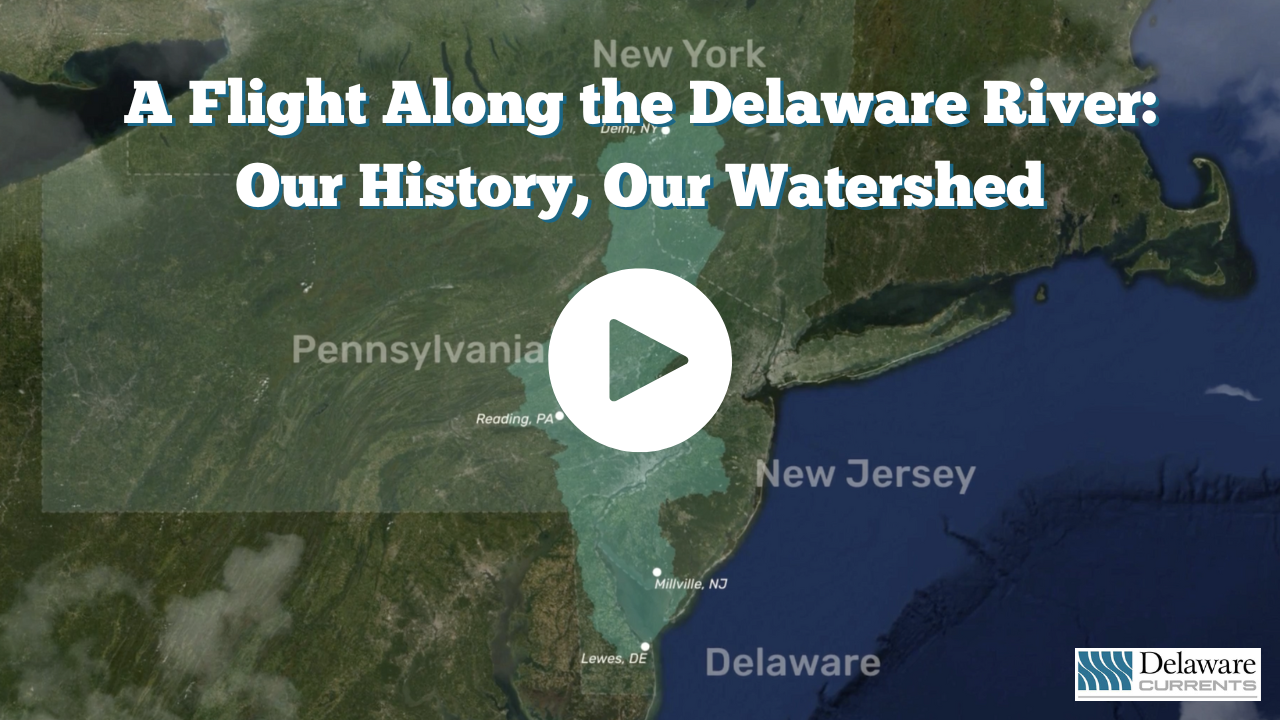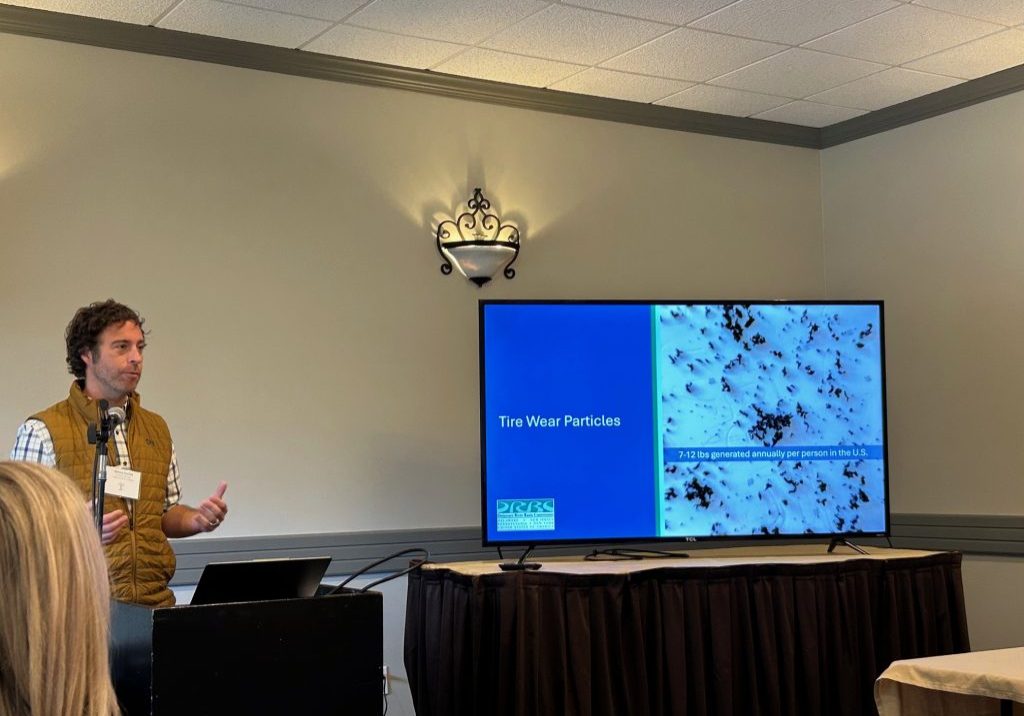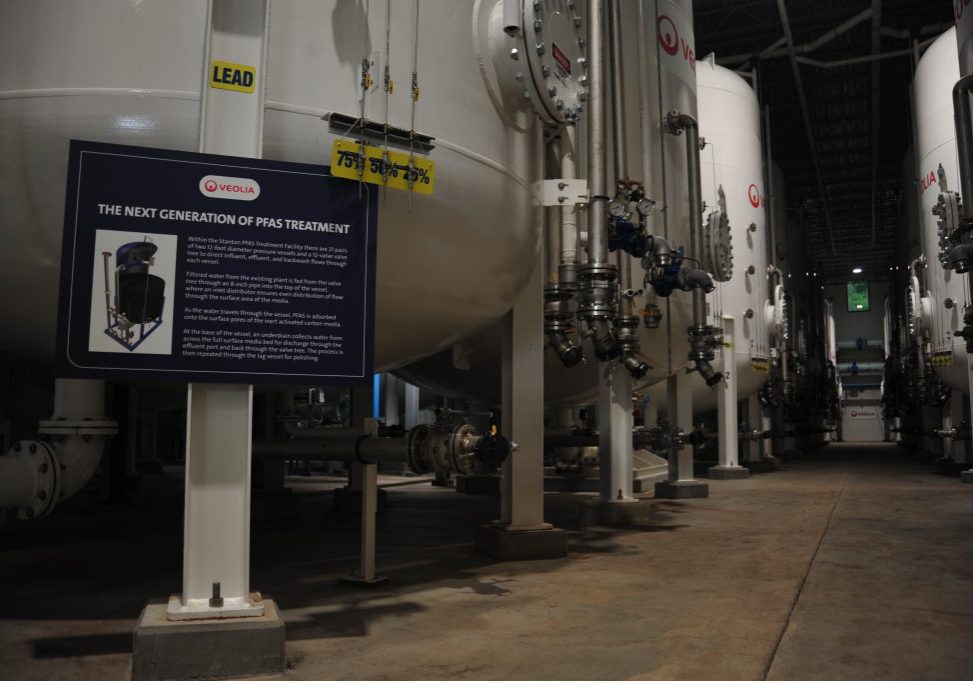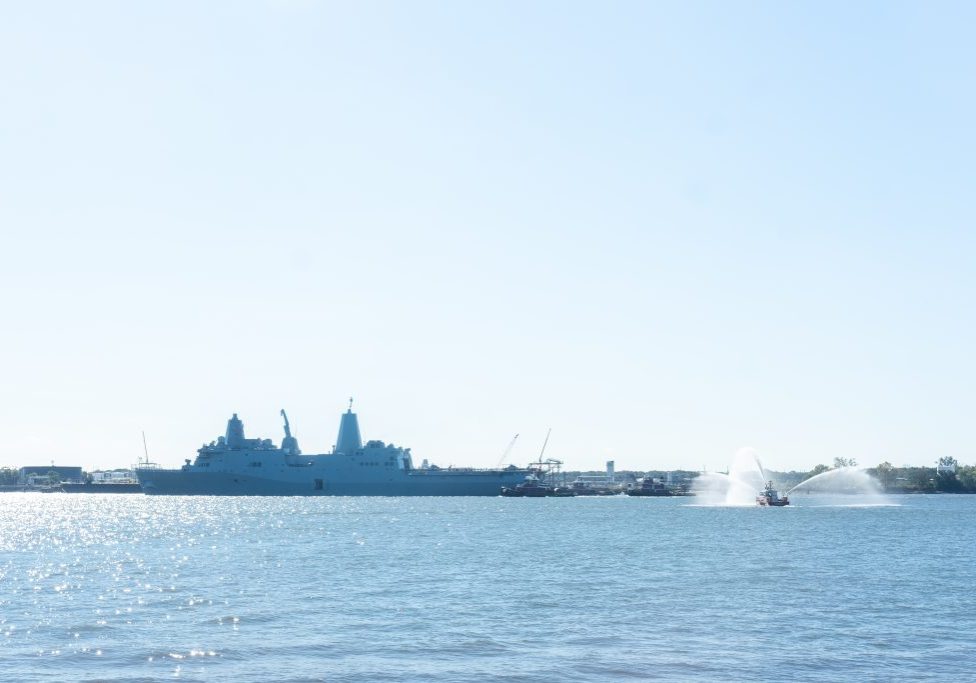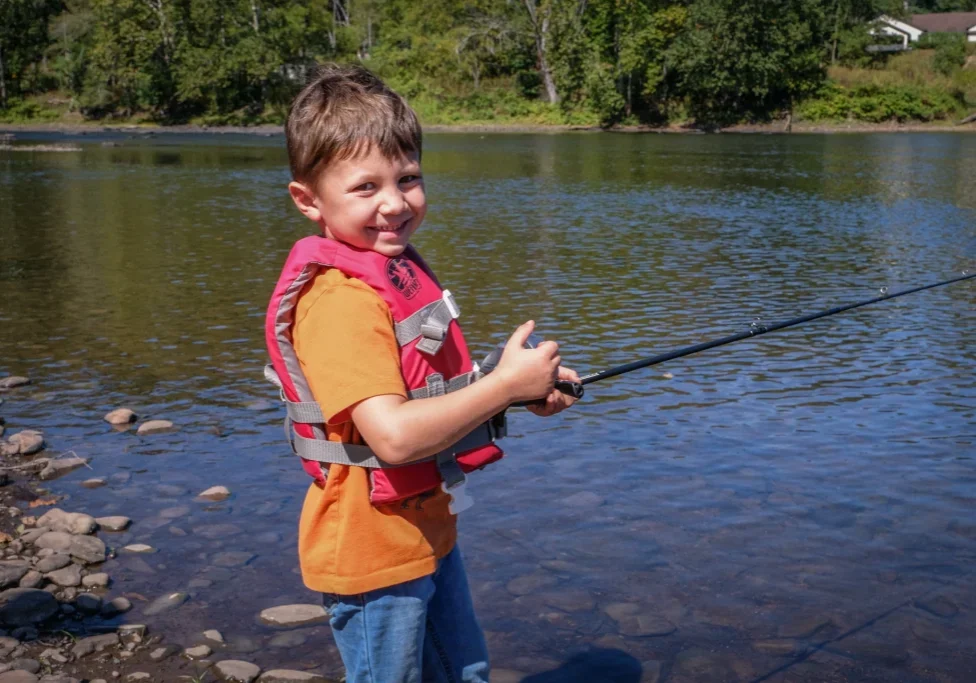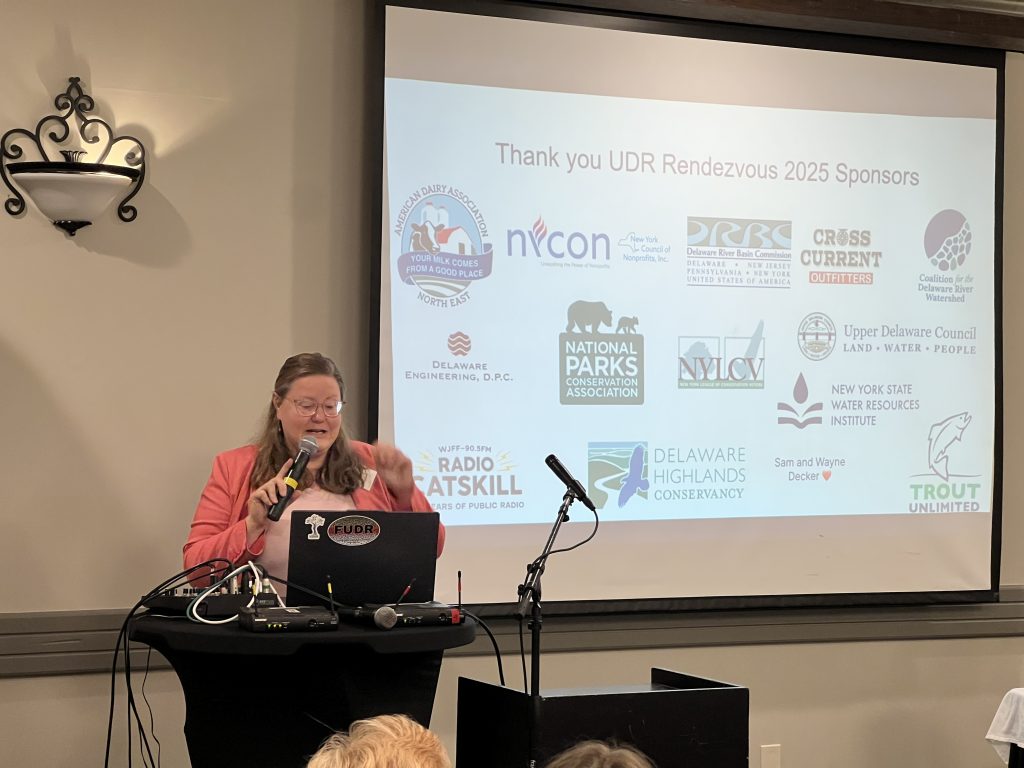
Delaware River scientists and enthusiasts come together at FUDR’s River Rendezvous
| October 20, 2025
Friends of the Upper Delaware River hosted its second “River Rendezvous” conference and continued the theme of last year — getting scientists and fans of the Delaware River together to share their knowledge and enthusiasm.
“It’s electric when we all get together!” said Molly Oliver, executive director of FUDR. “You can see their eyes light up” when attendees meet someone they may not know and discover that they are brothers (and sisters) in their study of the river.
Oliver up front recognized the elephant in the room: Because of the federal government shutdown, a handful of speakers could not attend the conference, which was held last week at the Villa Roma Resort in Sullivan County, N.Y.
But it’s a complicated story.
“It’s been tough year all ’round with federal grants frozen, unfrozen or whatever,” Oliver said. “A wild year, for sure, but we (FUDR) received grants we haven’t gotten before and discovered new partnerships.”
The theme of partnerships, new and old, was recurring as Oliver introduced what her team call “the science popcorn round,” a series of introductions of the speakers leading various discussions.
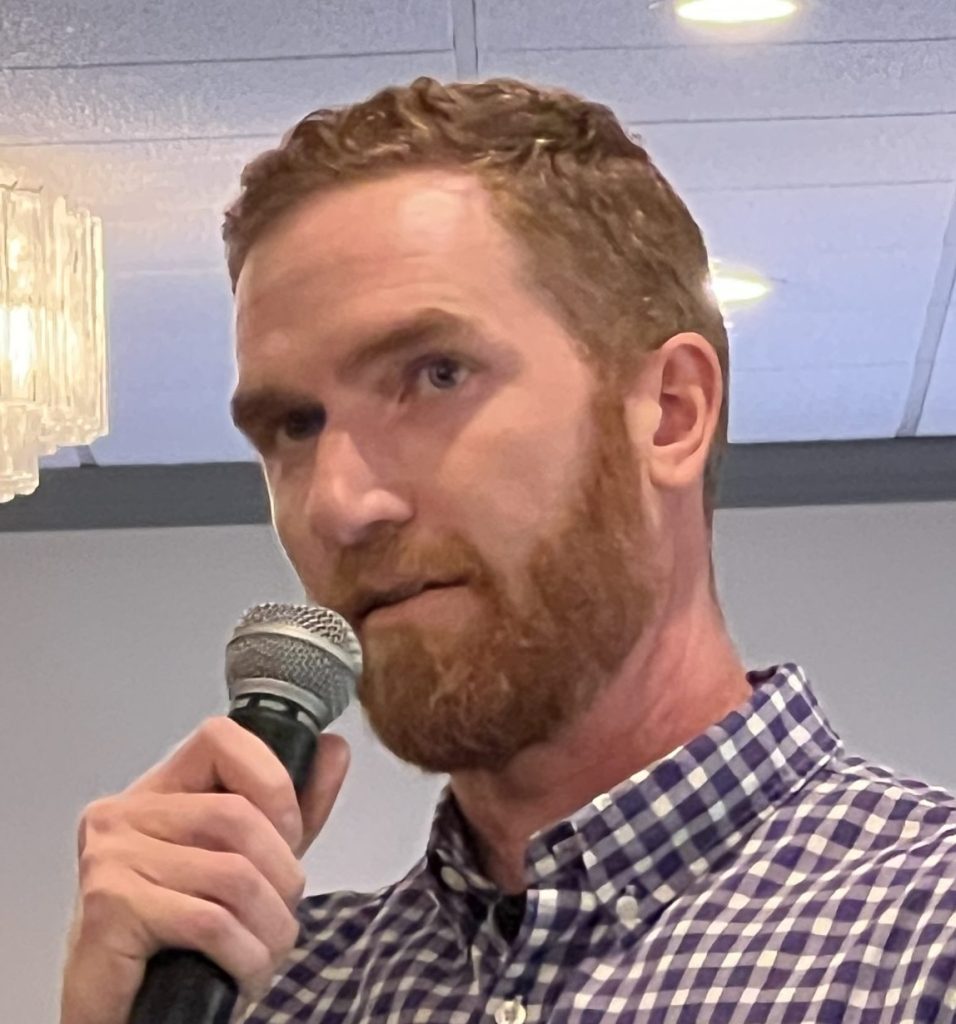
Michael Coryat, stream program technician, Delaware County Soil and Water Conservation District
Coryat talked about the sediment transported by a river in the form of particles too heavy to be in suspension, called bedload transport, which is important science for river-adjacent landowners and anglers.
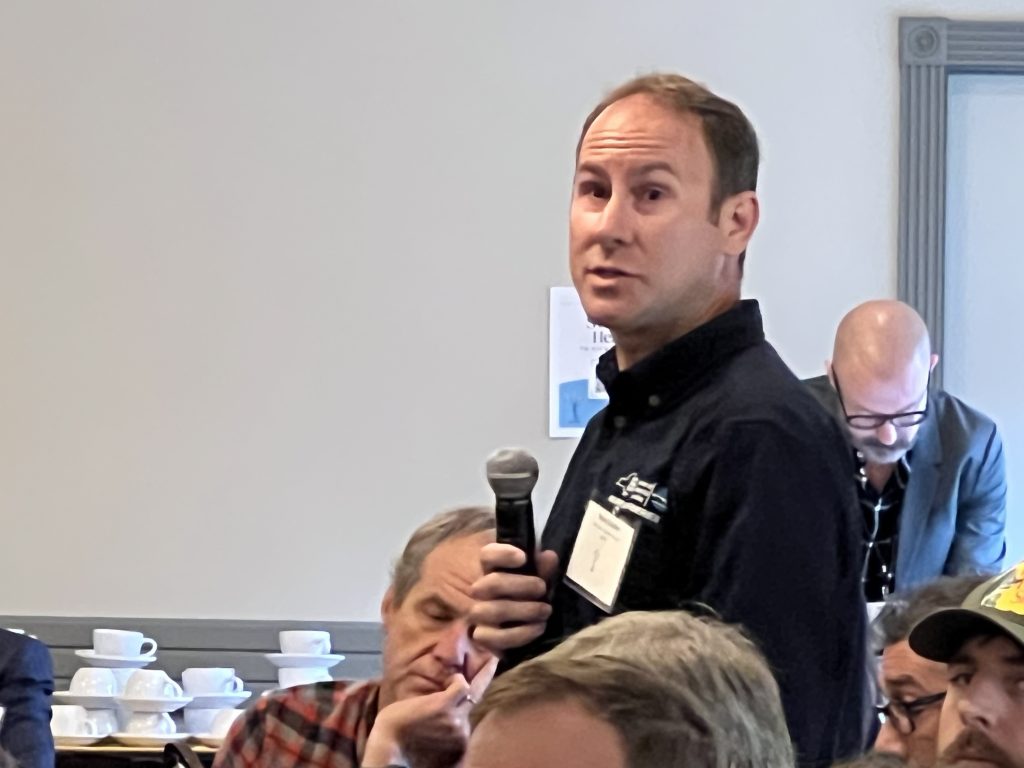
Ryan Coulter, aquatic biologist, Fisheries Management, New York State Department of Environmental Conservation
Coulter talked about the partnerships that have created fishing access sites in Long Eddy, Highlands Callicoon and Skinners Falls in New York, noting that “getting it done is about forming relationships.”
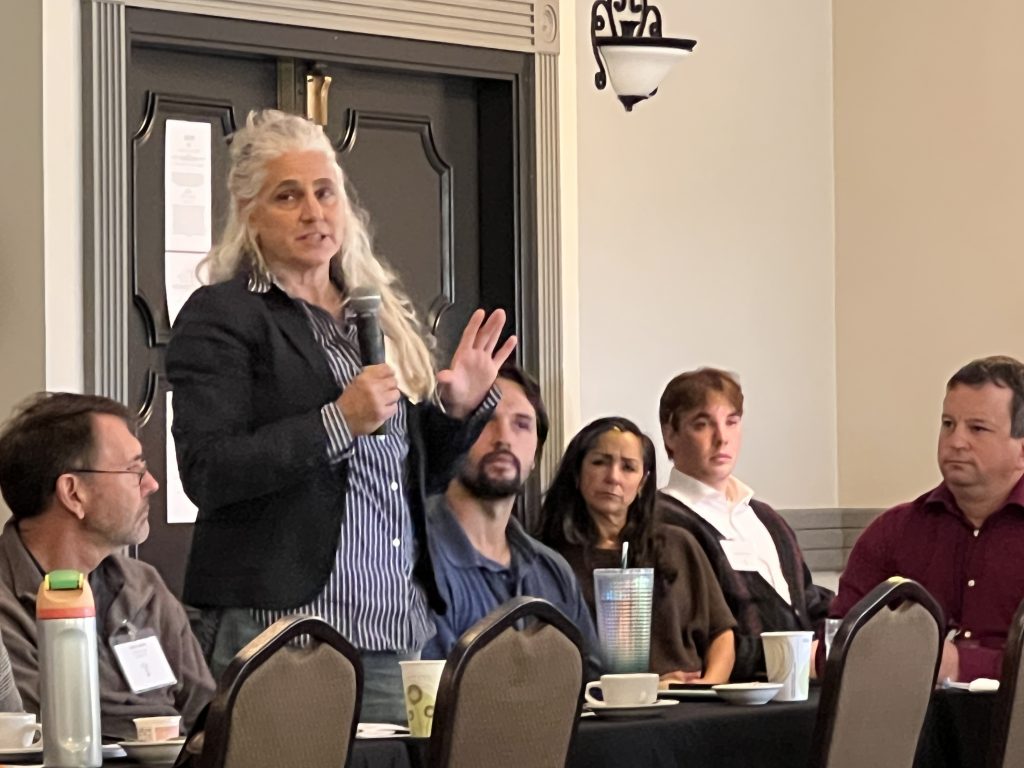
Tracy Brown, director, Eastern Region of Trout Unlimited
Brown talked about wild and native trout recovery in the Upper Delaware River, specifically in the Willowemoc Creek and the work with partners, both local and regional, to remove barriers to allow trout to complete their life cycle — work that often benefits municipalities trying to reduce flooding.
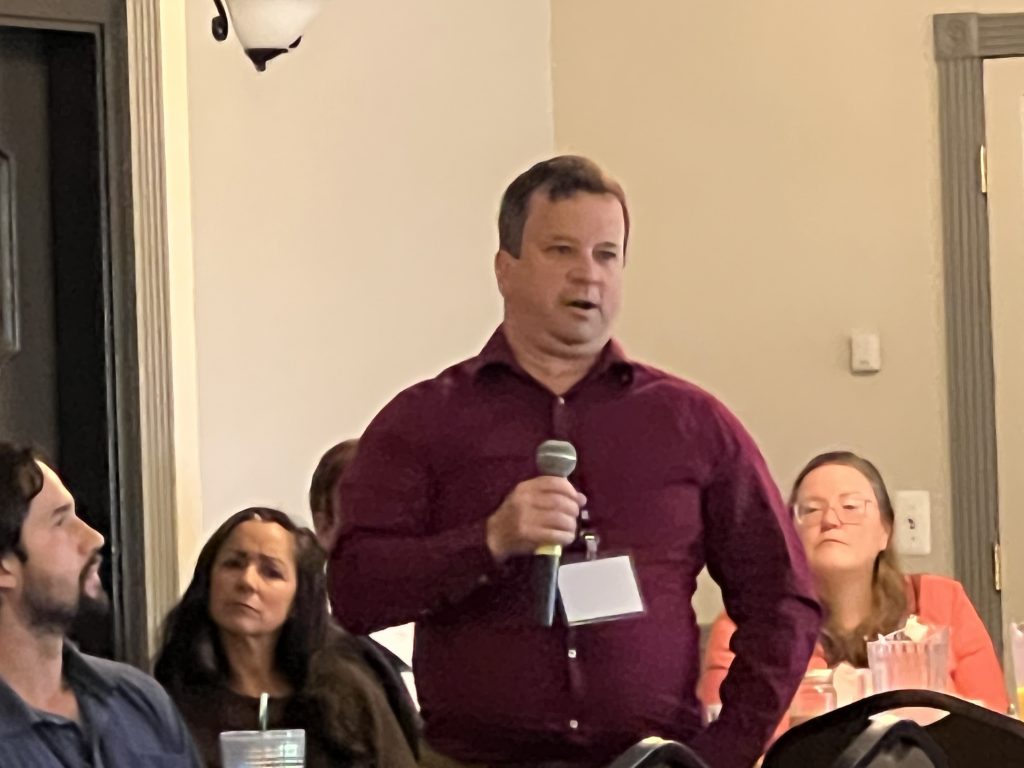
Jeremy Dietrich, principal aquatic ecologist, Cornell University
Dietrich sampled macroinvertebrates (bugs you can mostly see) in the branches of the upper river and in the Beaverkill subbasin to compare the effect of the cooler water coming from the reservoirs to the comparatively warmer water from the Beaverkill.
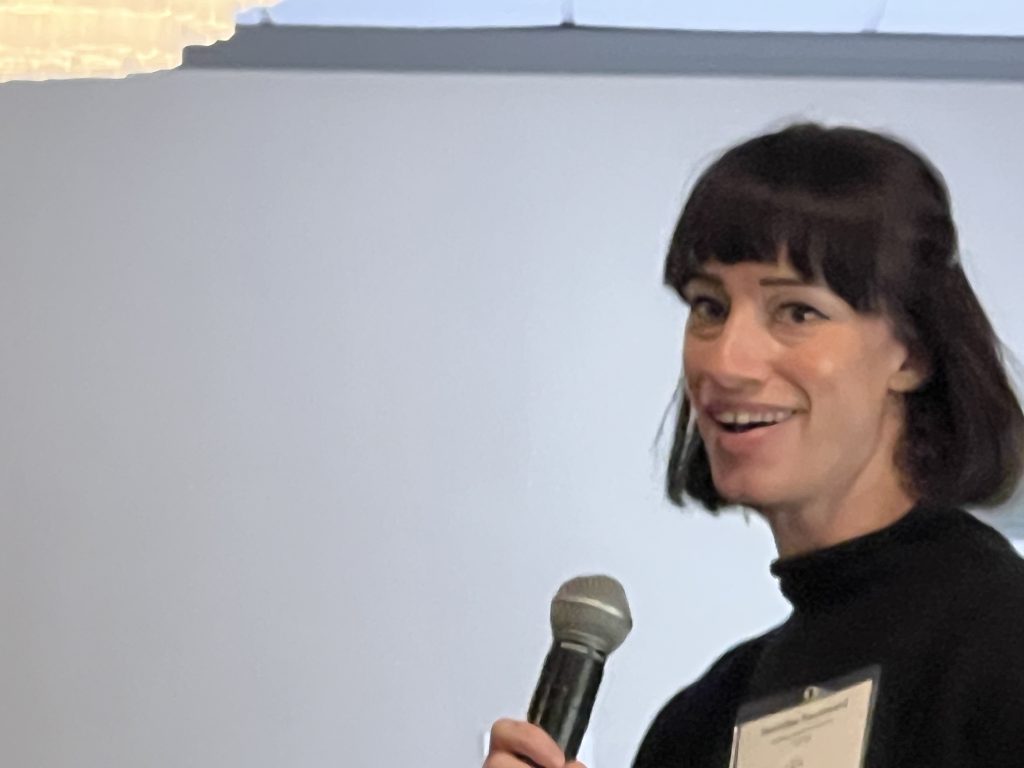
Jennifer Farmwald, section chief, Water Innovation and Research Bureau of Water Supply, New York City Department of Environmental Protection
Farmwald talked about salinization in the New York City water supply. The reservoirs west of the Hudson have low chloride rates, but the reservoirs east of the Hudson have significantly higher rates.
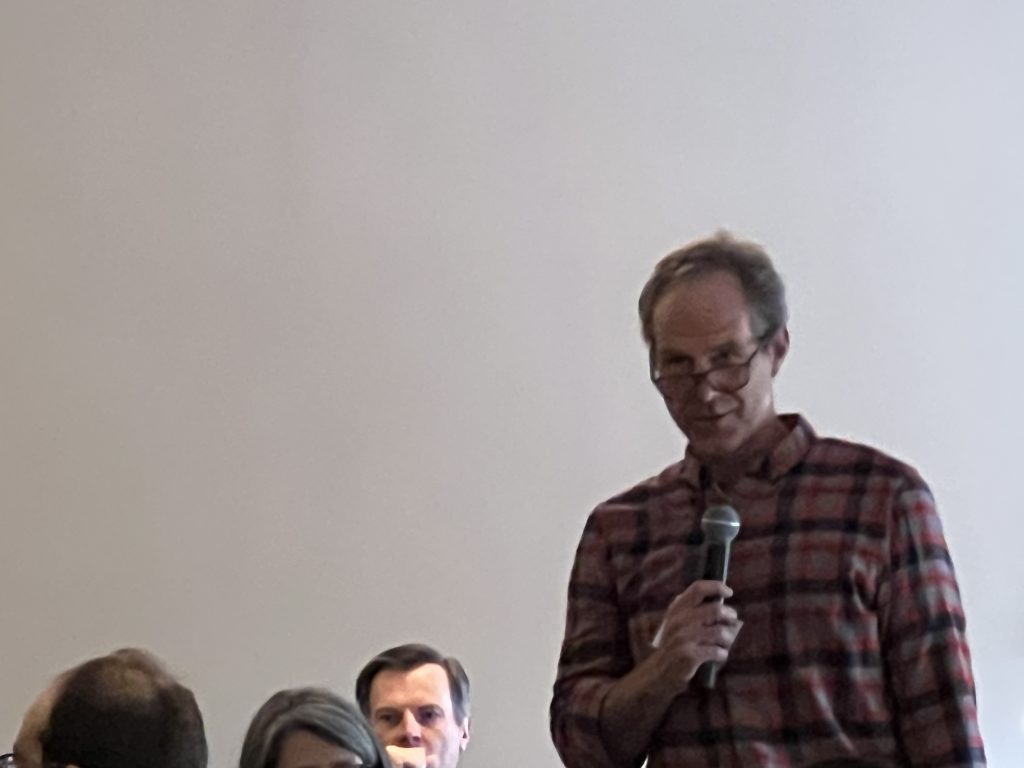
Andrew Gaucho Landis, associate professor, State University of New York Cobleskill
Gaucho Landis talked about mussels and especially their relationship to the New York City reservoirs and the cool waters that flow into the East and West Branches as well as into the Neversink River.
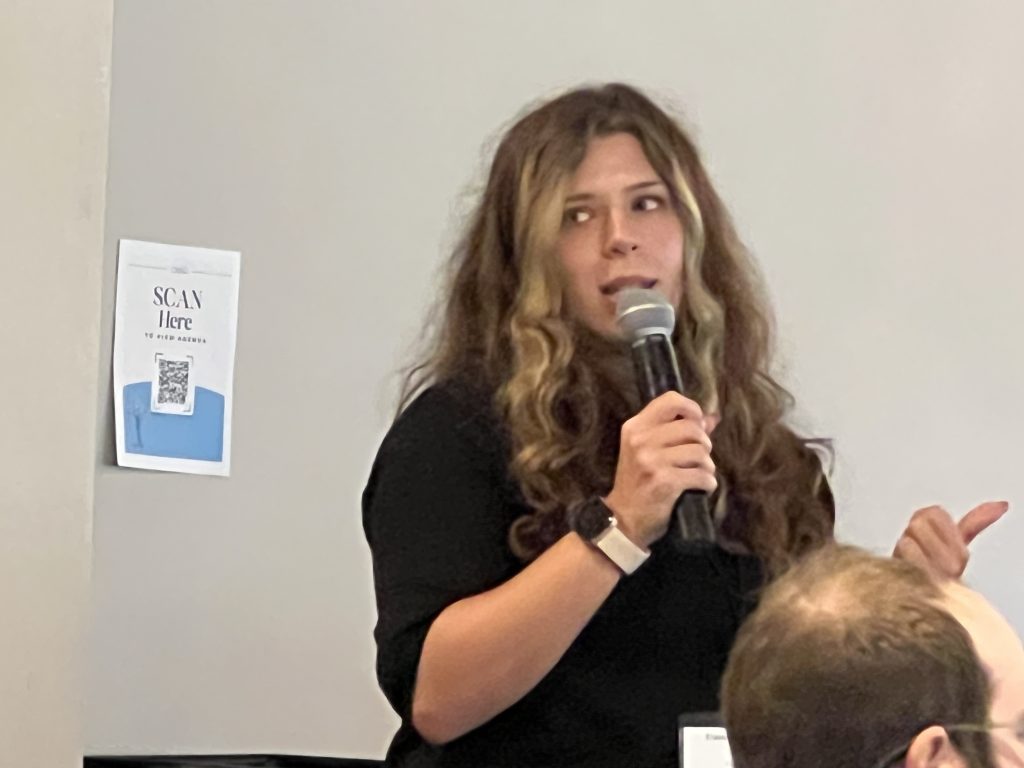
Elaine Panuccio, senior water resource scientist, Delaware River Basin Commission
Panuccio talked about the increasing chloride trends in the non-tidal Upper Delaware River, the DRBC’s Special Protection Waters.
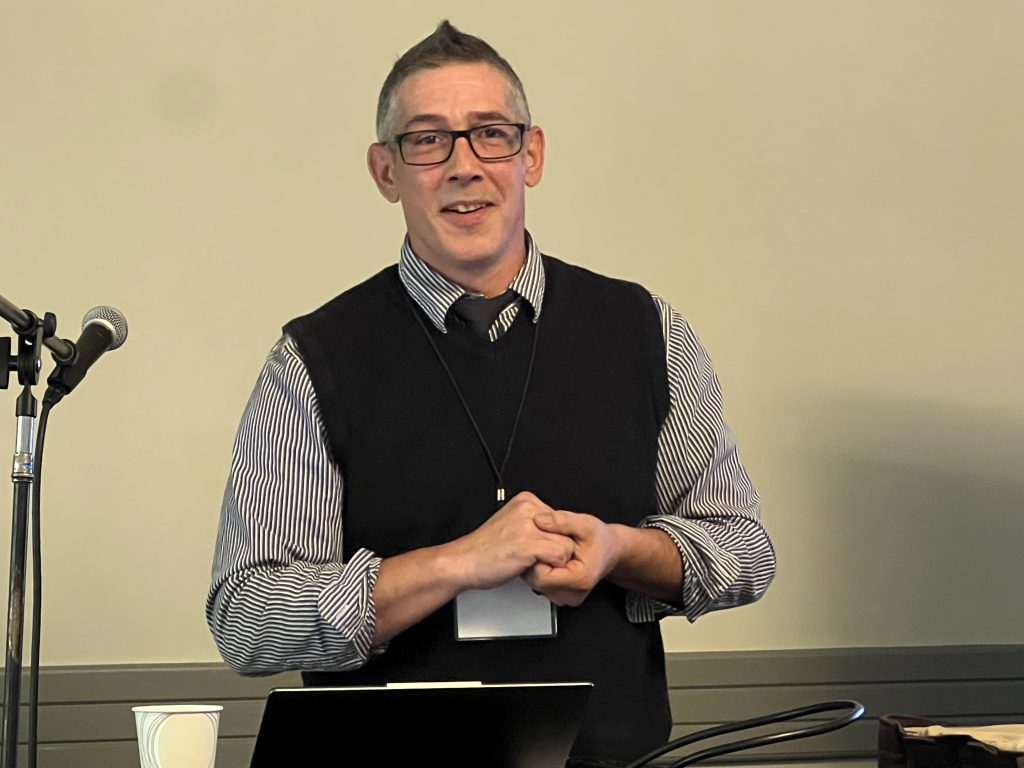
Daniel Stich, associate professor of biology, State University of New York, Oneonta
Stich, a self-professed American Shad fan, gave a rundown on American Shad demographics in and around the Delaware River and discussed how this information can help sustain and grow the shad population.
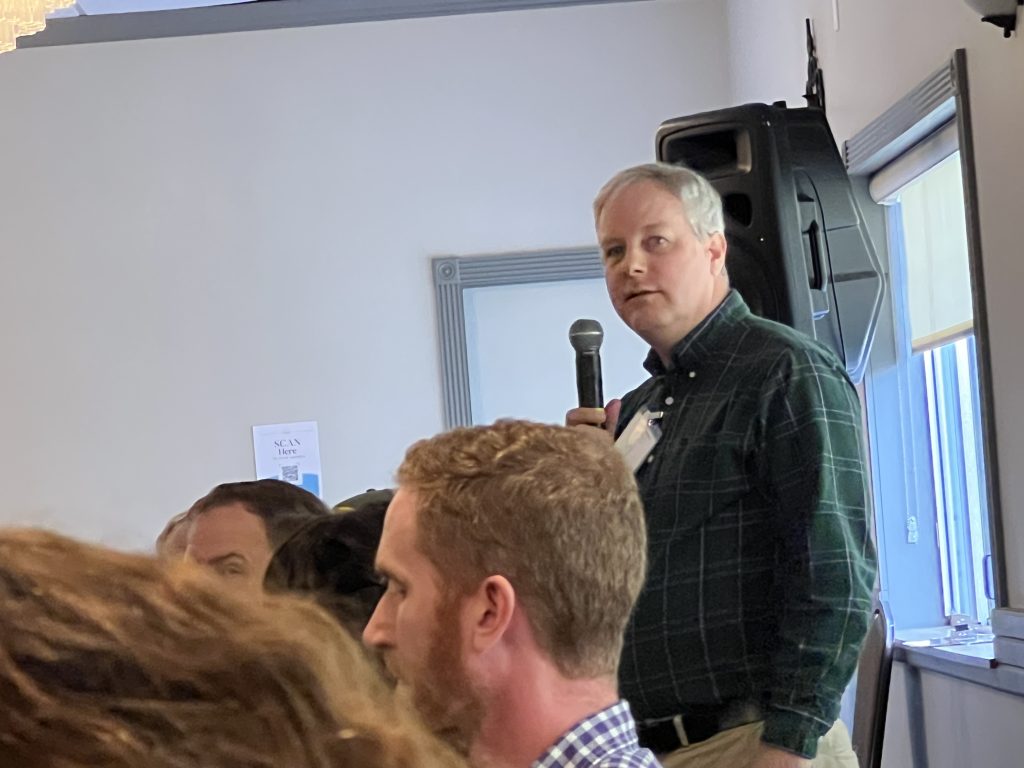
John Thompson, director, Catskill Regional Invasive Species Partnership
Thompson and Steve Schwartz, consultant, talked about the prevalence of Japanese Knotweed and suggested management practices to curtail its explosive growth.
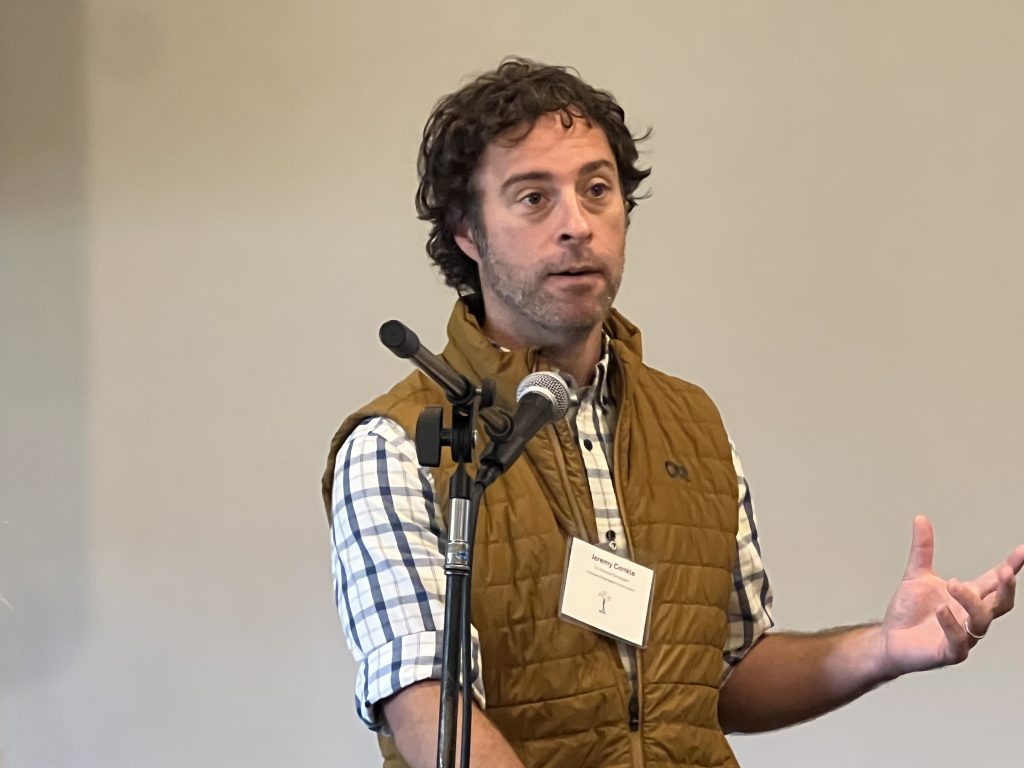
Jeremy Conkle, senior chemist/toxicologist, Delaware River Basin Commission
Conkle talked about a survey carried out in the entire river basin to check for the presence of 6-PPDq (from car tires). Early alarms were raised in the Northwest due to its toxicity to salmon, and questions raised whether it’s harmful to trout, who are “cousins” to salmon. The conclusion? It’s everywhere but mostly not in toxic amounts. However, Conkle noted that there still needs to be more study of the most affected fish — native brown trout — to see what other nonfatal effects there may be on that population.
And though this gives a good indication of the wide-ranging science investigations being carried out, there were still more presentations throughout the two-day event.
Here’s a link to the agenda. Check it out and see what catches your interest.

